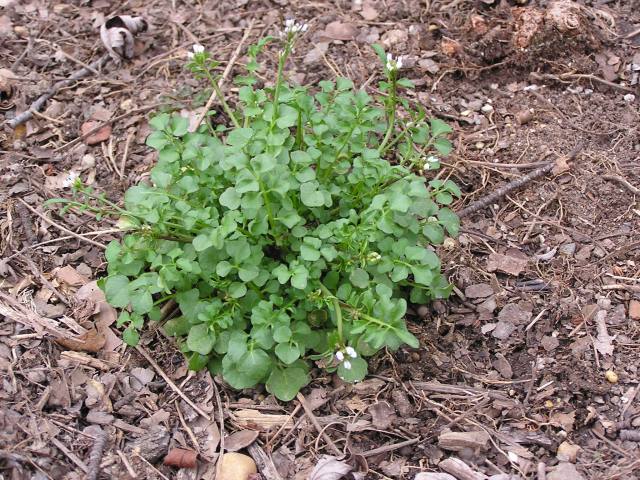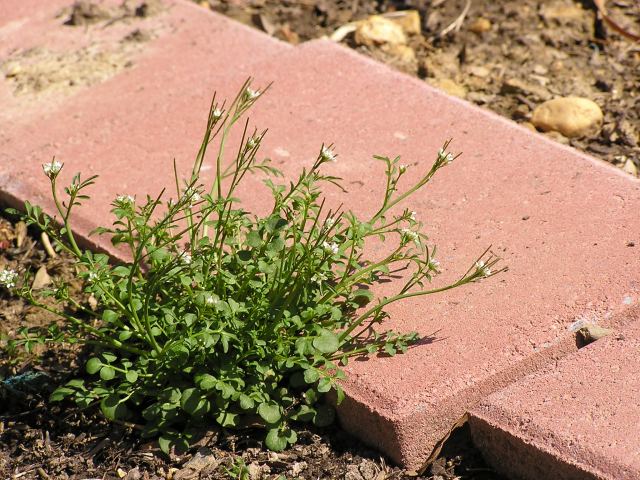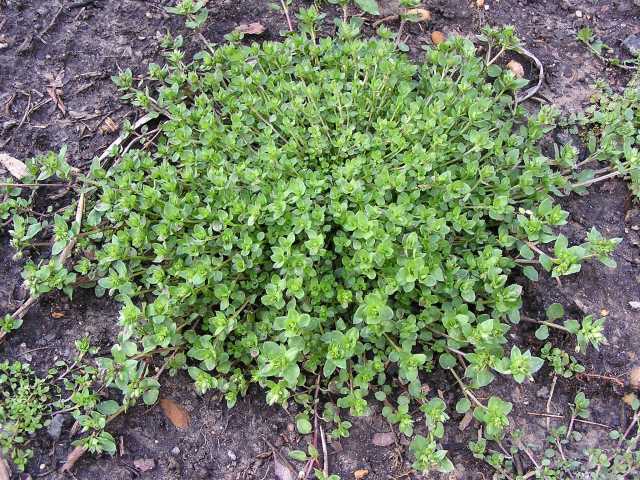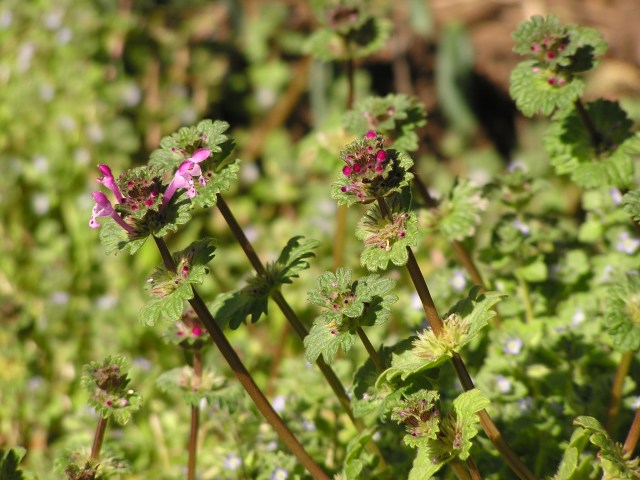1) If you garden in this region - then check out the blog entry below from Joyce Hylton from the Master Gardeners of Northern Virginia. You can access this from your cell phone while in the garden.
2) To teach yourself and others about these and other common weeds: download, color print and laminate this GARDEN WEED ID document designed for gardeners at community gardens and schoolyards: http://www.slideshare.net/MaryVanDyke/weed-identification-for-schools-2014
3) Another idea is to make a "WEED PATCH".
Make a display bed with labelled weeds for people to refer to.
Here's sample sign that you are welcome to use:
http://goo.gl/FQJej for an 11 x 7 sign.
Resources:
VT Weed Identification website http://www.ppws.vt.edu/weedindex.htm
and the book: Weeds of the Northeast by R. Uva, J, Neal and J. DiTomaso, Cornell, 1997.
Mary Van Dyke: Weed Identification for Schools
It's Spring and Everything's Blooming ... including the Weeds!
Written by Joyce Hylton, Certified Master Gardener
Spring is here, bringing smiles, flowers, a sense of hope and … weeds. Interspersed among the vibrant flowers are the delicate lacy leaves of bittercress, the rich green tufts of annual bluegrass, colorful expanses of henbit and deadnettle, and cheerful clumps of chickweed … In case you’re wondering, remember, a weed is merely a wildflower in the wrong place.
These weeds are winter annuals and distinct opportunists, filling voids in your lawn and garden at almost dizzying speed. With great stealth they germinate in the fall; then at the first hint of longer days and warmth they begin to flower and fruit. It is too late for prevention, now the most effective control is pulling or digging. On the bright side the effort can provide a little exercise and be a stress reliever at the same time. Here are five of your nearest “neighbors.”
One of the most aggressive and annoying weeds of this group is hairy bittercress(Cardamine hirsute), a winter (sometimes summer) annual. The basal rosette has pinnate leaves with two to four pairs of round to kidney-shaped leaflets arranged alternately along the central leaf stem. Small white flowers eventually yield long thin capsules (siliques) at the end of each branch. At maturity the siliques “explode” sending seeds up to 10 feet away. Somewhat frighteningly, this weed is capable of producing several generations in a single growing season; it is most prolific in mid to late spring.
Another headache is annual bluegrass (Poa annua). An attractive light-green, upright, clumping grass, it grows by aggressive tillering (new blades of grass always come from the base of the plant). It is important to note that reproduction is by seed in late summer, early autumn, AND spring, making control difficult. While it is easy to identify and pull in your garden, it is not so easy in your lawn. However, its presence can be noted either by the appearance of numerous seed heads on short stems or in hot, dry conditions, when it dies leaving an area of dead grass.
A very well known but equally unwelcome denizen of the landscape is chickweed(Stellaria media). It reproduces by seed and if it’s happy, it can produce two generations each year, eventually crowding out or overrunning more desirable plants. Nevertheless, it is easily pulled and if you do so before the plant blooms, control is improved.
Henbit (Lamium amplexicaule) and purple deadnettle (Lamium purpureum) are less aggressive than the preceding weeds but they, too, are currently making their presence known. Nuisance factor aside, when the reddish-purple to pink blooms of the plants appear in mass, they are striking. Both plants have square stems but their leaves are different. The leaves of mature henbit are deeply lobed and, at the top of the stem, are sessile (lack a petiole). Also, the leaves cluster about the stem with small gaps between each cluster. On the other hand, at the top of mature deadnettle, the leaves are more triangular and less deeply lobed than those of henbit. Also, the upper leaves of this plant have petioles and a hint of reddish color.
For additional information, use the following weed identification sites.
Or, contact the VCE Master Gardener Help Desk at 703-228-6414 or mgaralex@gmail.com
Have fun learning about your plants - whether or not they are weeds - and why to take action to remove some and leave others be.







No comments:
Post a Comment